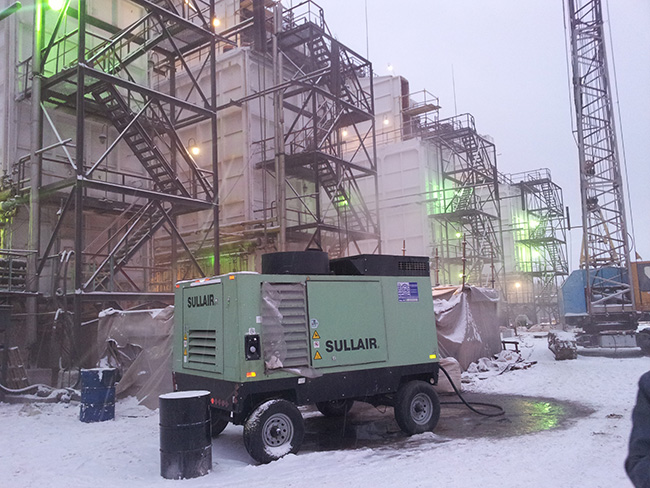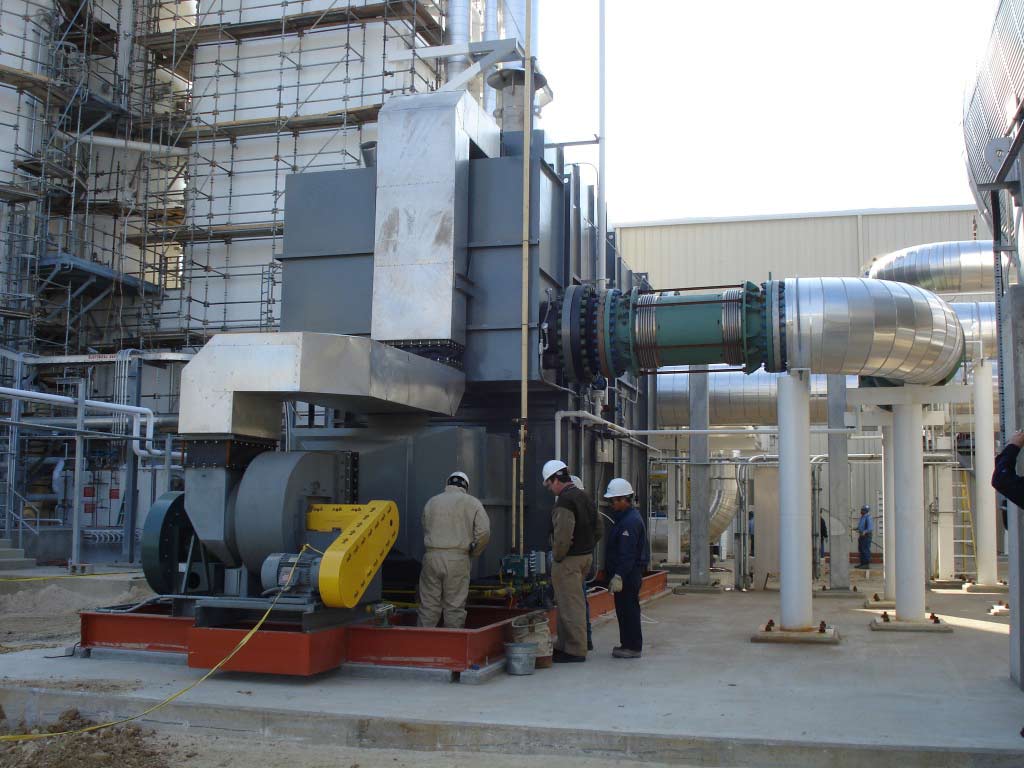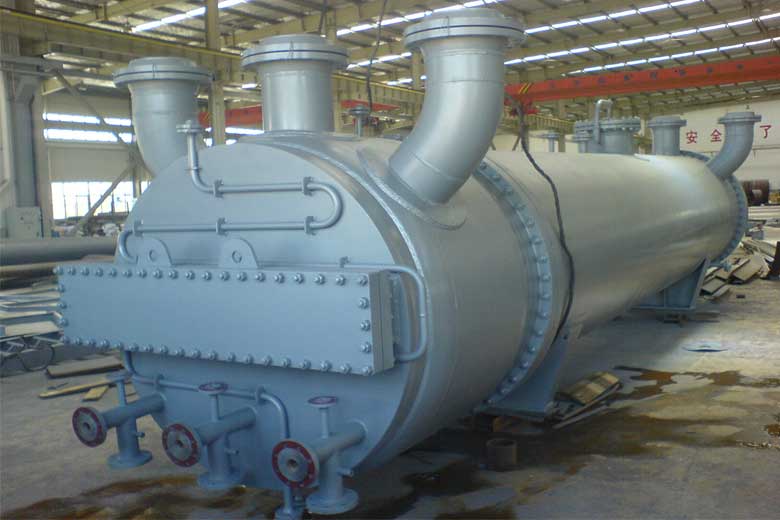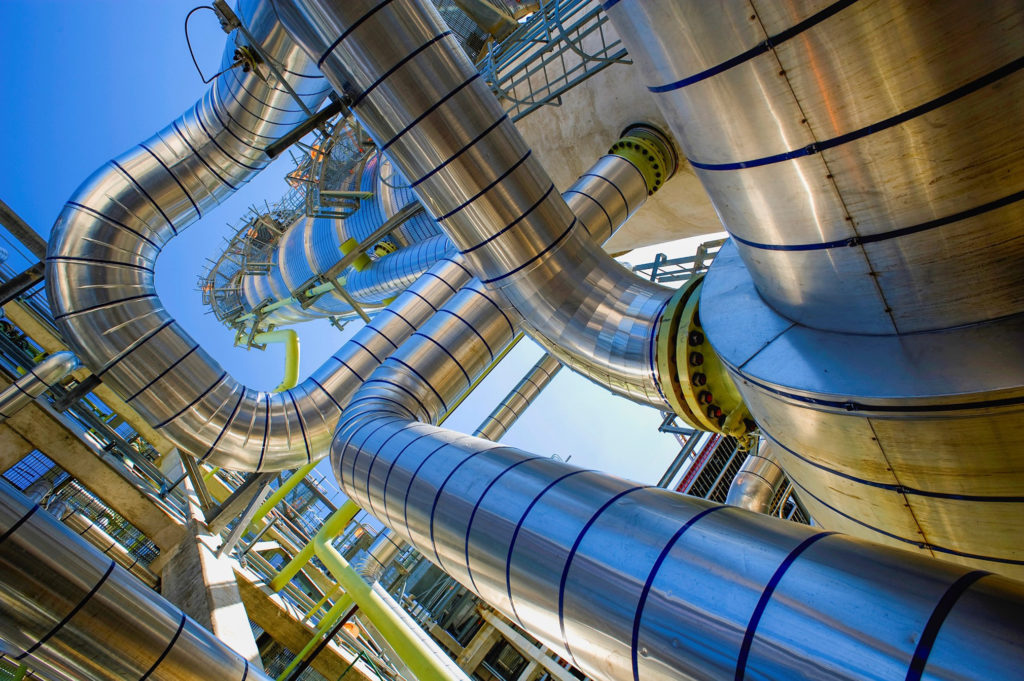
Refining Applications
Refractory service in refining operations are varied and wide. They can, however, be narrowed down into three categories :
- Fiber Products
- Castables
- Gun Applied (Gunite, shotcrete, etc..)
In most cases the properties desired for the bulk are in conflict with ideal surface properties. In all cases, the bulk and surface properties are indivisible. Solcoat ceramic coatings provide a vehicle to optimize surface properties of refractory linings without altering the properties of the bulk.
General cases for the these categories are :
Fiber Products :
- Issue : Low in density, low in emissivity and low in heat storage. These same properties leave the surface vulnerable to gas stream ablation, chemical attack due to flame impingement and infiltration of gasses into the bulk where they can condense to form corrosive acids.
- Solcoat : Employs the original fiber surface to form a fiber reinforced composite which withstands gas ablation of speeds over Mach 3. Solcoat seals the surface to prevent gasses from entering the bulk and protects the surface from chemical attack due to flame impingement. All without altering the properties of the bulk.
- Note : Solcoat reduces the original shrinkage of fiber products by more than 50%. This increases the thermal effectiveness and reduces the labor required for repacking. For vacuum formed shapes it eliminates the warping of the original shape. Most other ablative resistant coatings for ceramic fiber products actually increase the initial linear shrinkage.
Castable & Gun Applied Refractories :
- Issue : Water added for ease of application and proficiency of applicator greatly effect porosity which is directly related to strength, adherence of residue, corrosion resistance and abrasion resistance. Chemical compositions of the bulk are optimized for high temperature chemical stability not physical properties of the surface.
- Solcoat : Coats the surface and seeps into the first few layers of the bulk effectively sealing off the interior from gas permeation preventing condensate liquids from corroding the bulk. Also prevents carbon products from solidifying in the bulk, physically stressing and failing the refractory. Sealing off the surface with a chemically resistant material also decreases the rate of accumulated particulates on the surface thus reducing line plugging rates.
- Note : Solcoat does not have special cure procedures. It is applied over new, wet, or existing refractories and will allow drying out of the bulk prior to setting up on the surface.

Fired Heater & Reformer Applications
Solcoat is an economical choice for solving many problems which occur with

Sulfur Recovery Unit
Solcoat applications increase the life of Castables, Brick & Gunned refractories on

Fluid Catalytic Cracking Unit
Apparatus Regenerator & Walls Transfer Lines Stripper Flue Gas & Seal
